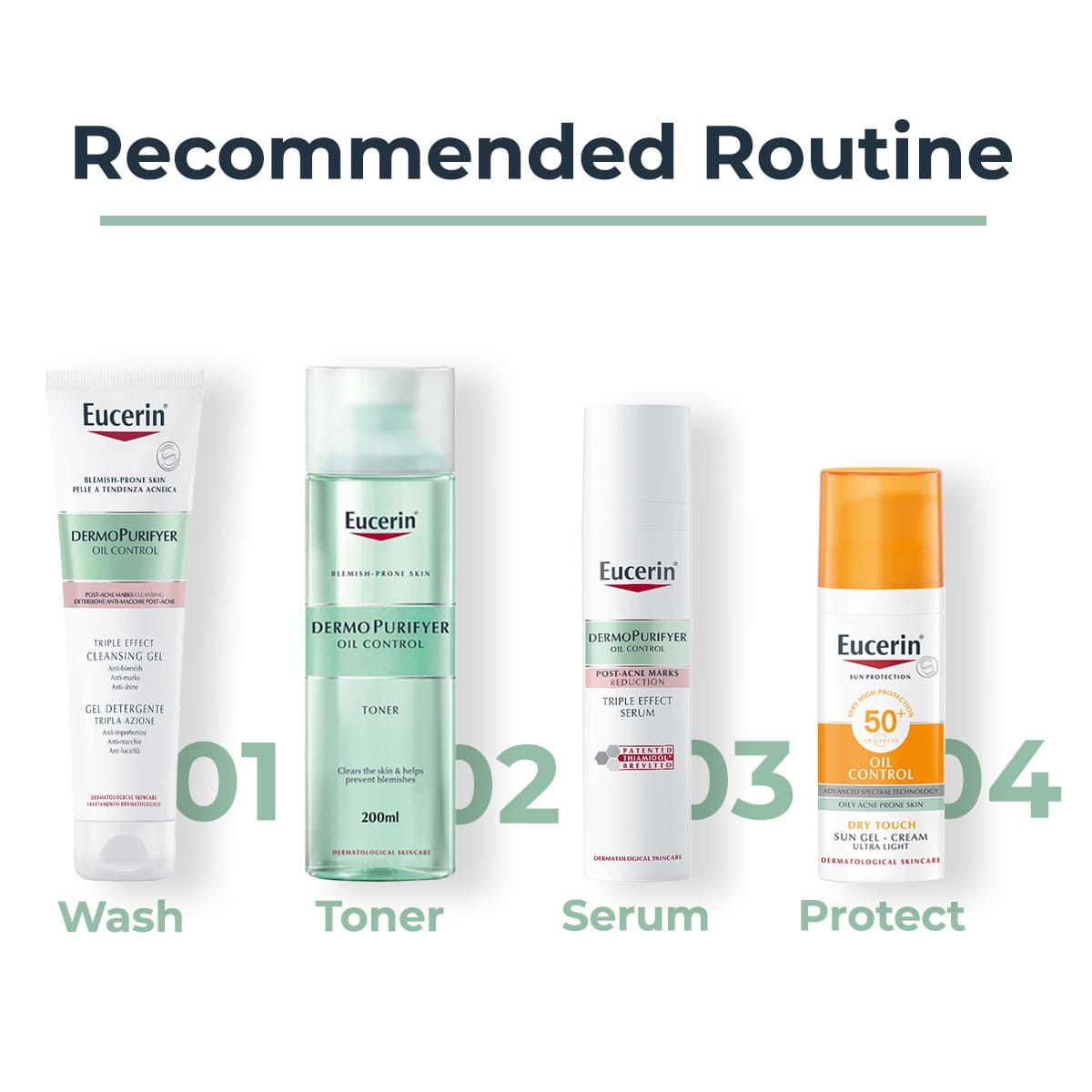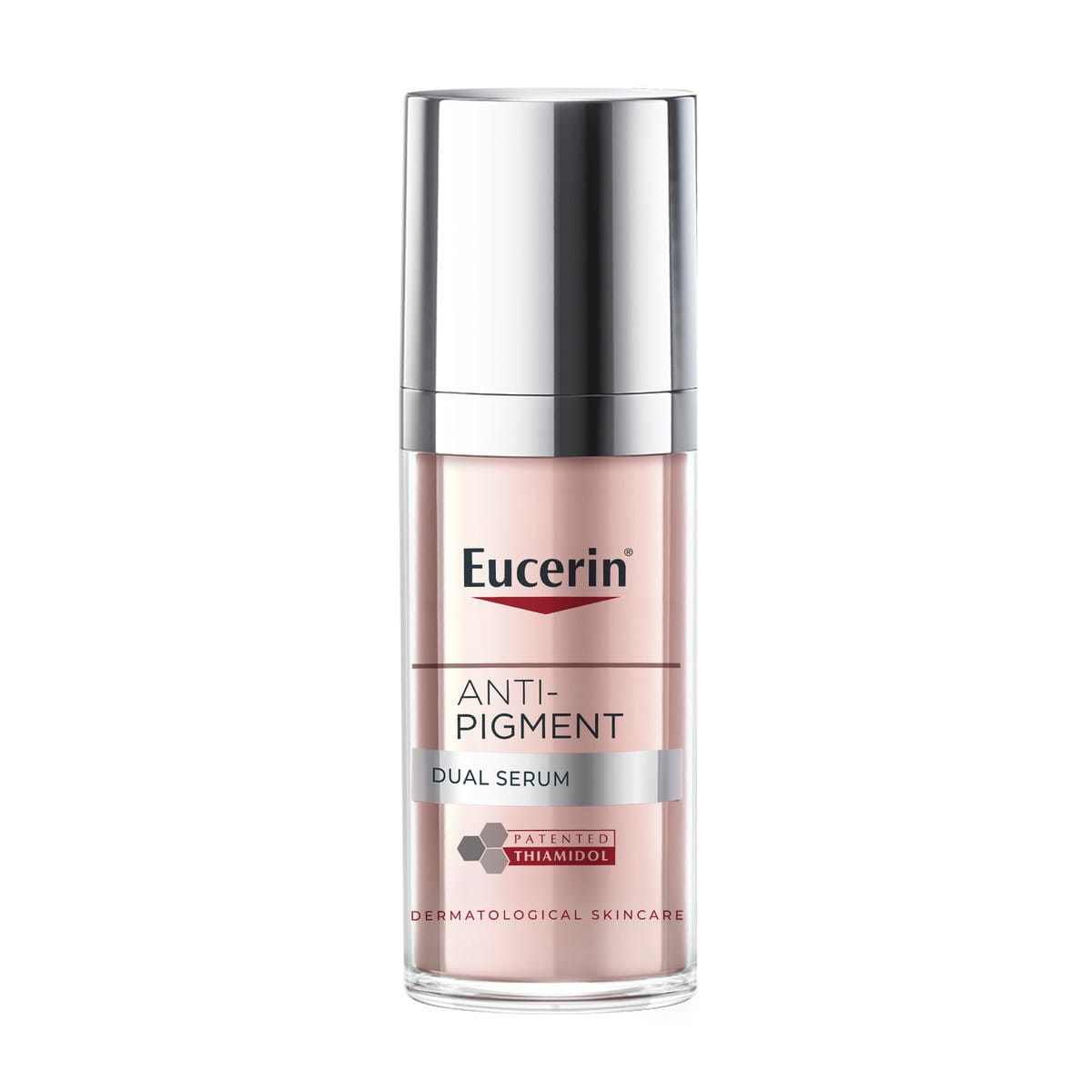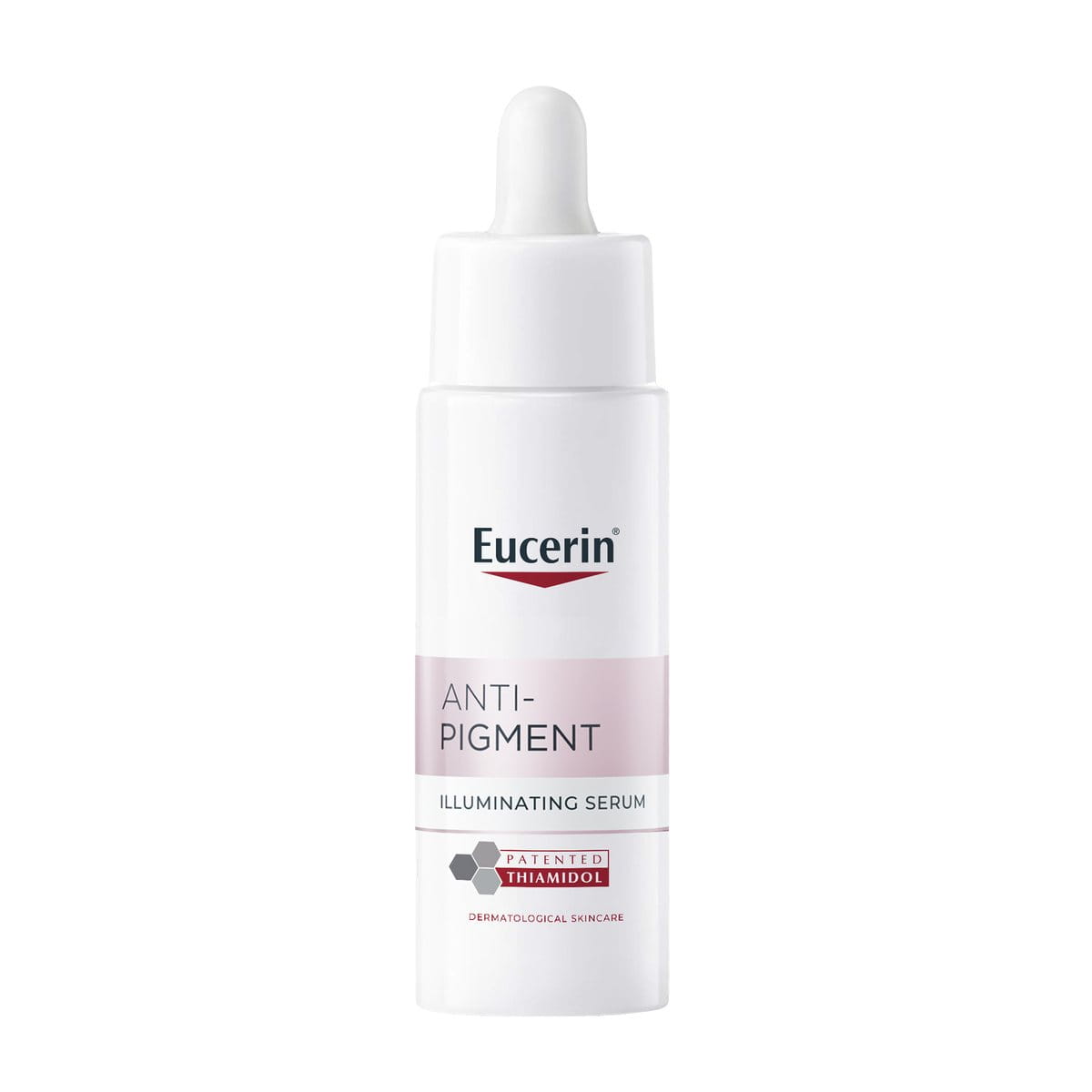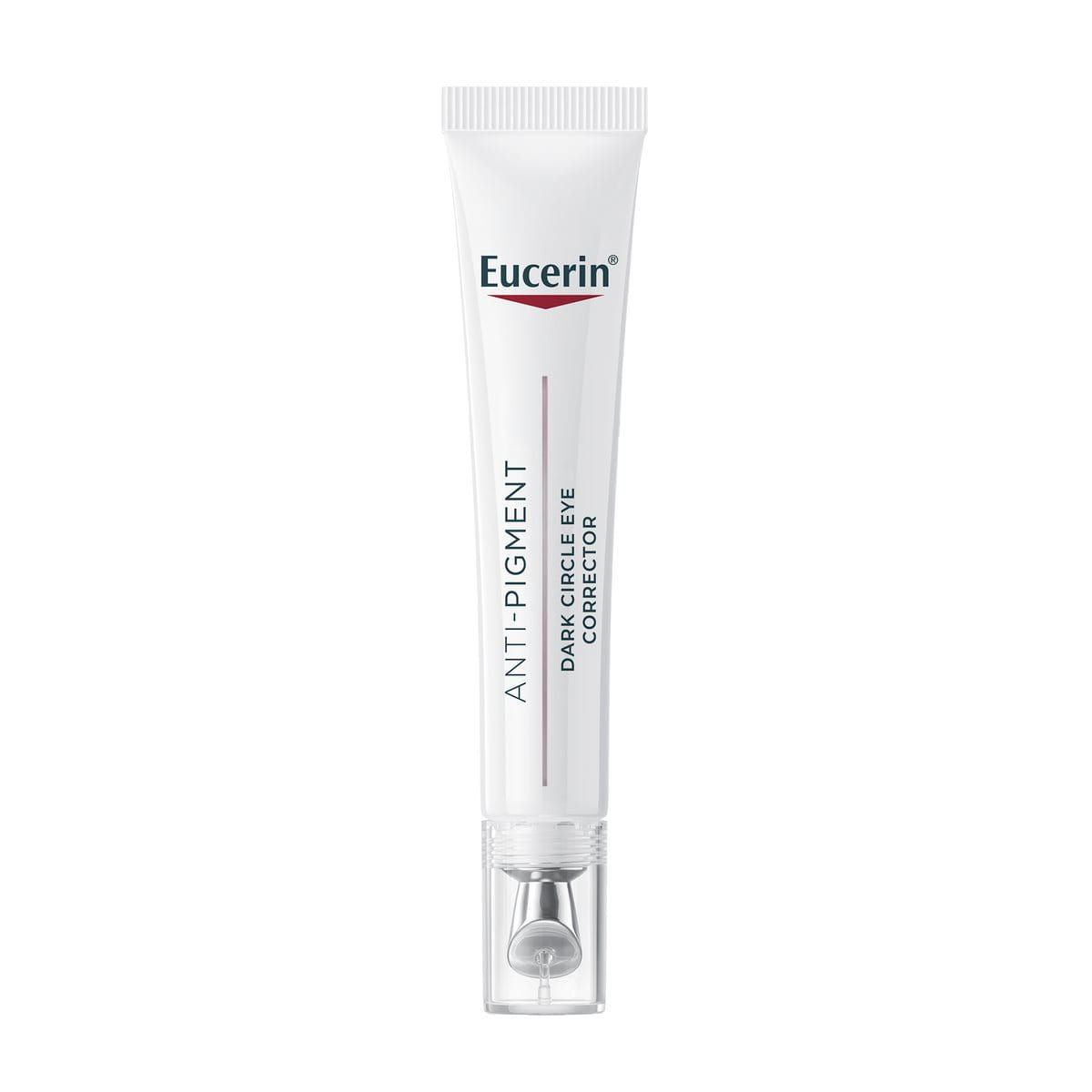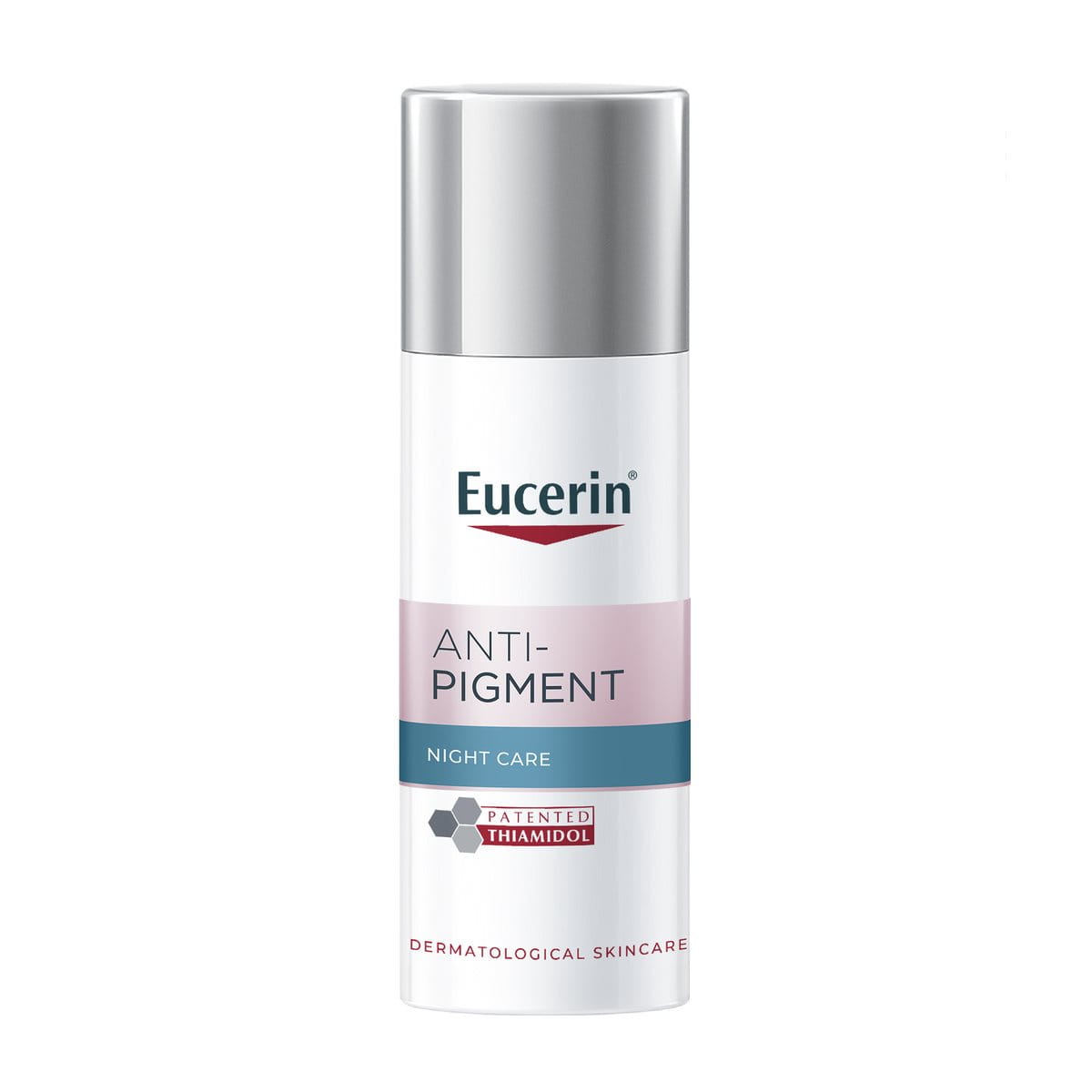Acne happens to be one of the most common skin concerns across the globe. Yet, often, we don’t know how to confront it. However, like any other trouble, acne can be tackled completely once you know everything about it - from cause to cure. Dive right in to understand this skin concern properly and what makes it disappear.
Keynotes:
- Acne is largely caused by clogged pores from excess sebum, dead skin cells, and bacteria.
- Common types include comedonal acne (blackheads/whiteheads), inflammatory acne (red bumps/pustules), and severe cystic acne (painful, deep lumps).
- Topical treatments like serums and creams, natural remedies like tea tree oil, and clinical treatments like chemical peels and laser therapy are the most sought-after solutions for acne.
- Use a regular skin regimen with cleansing gel, toner, acne-fighting serum, non-comedogenic moisturizer, and sunscreen to prevent more flare-ups.


